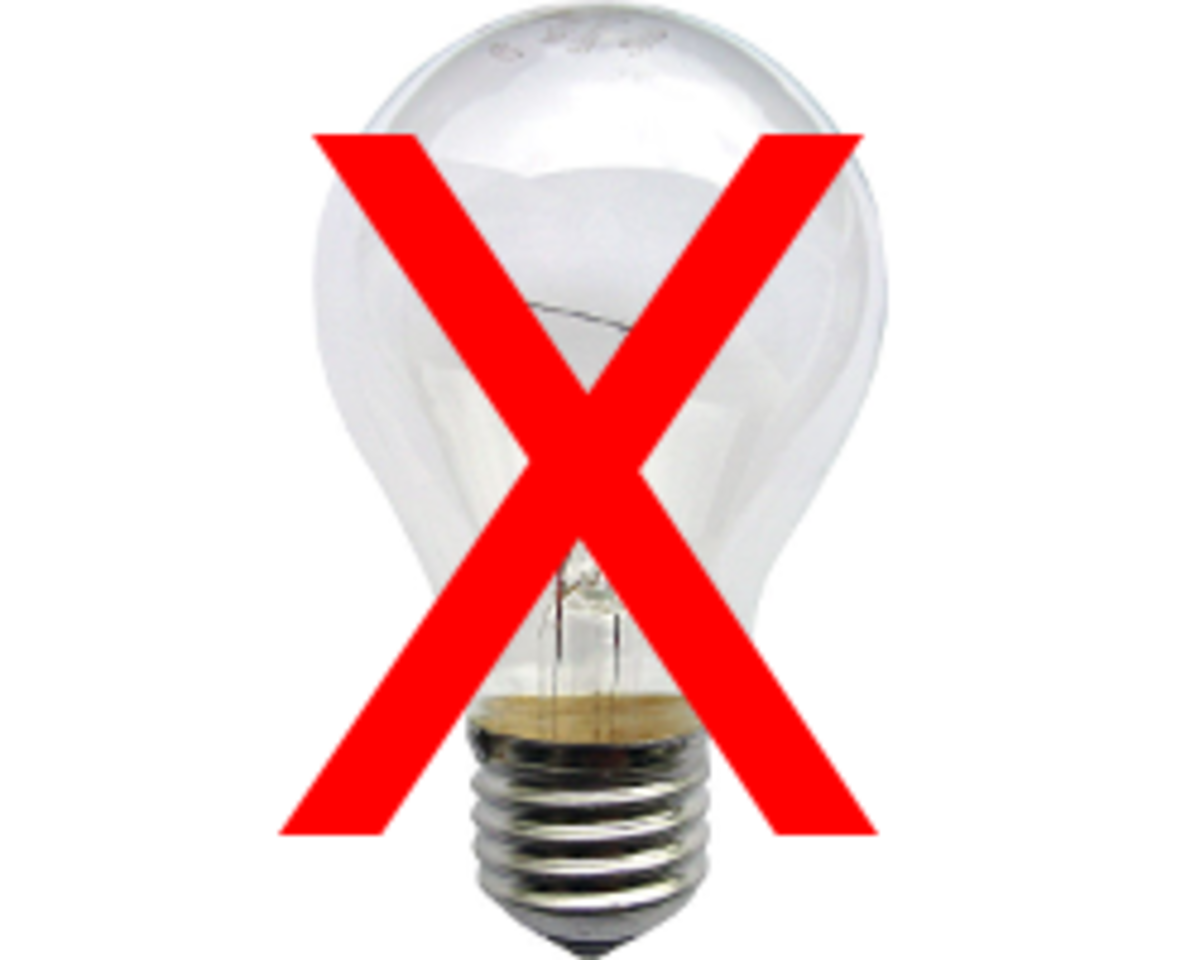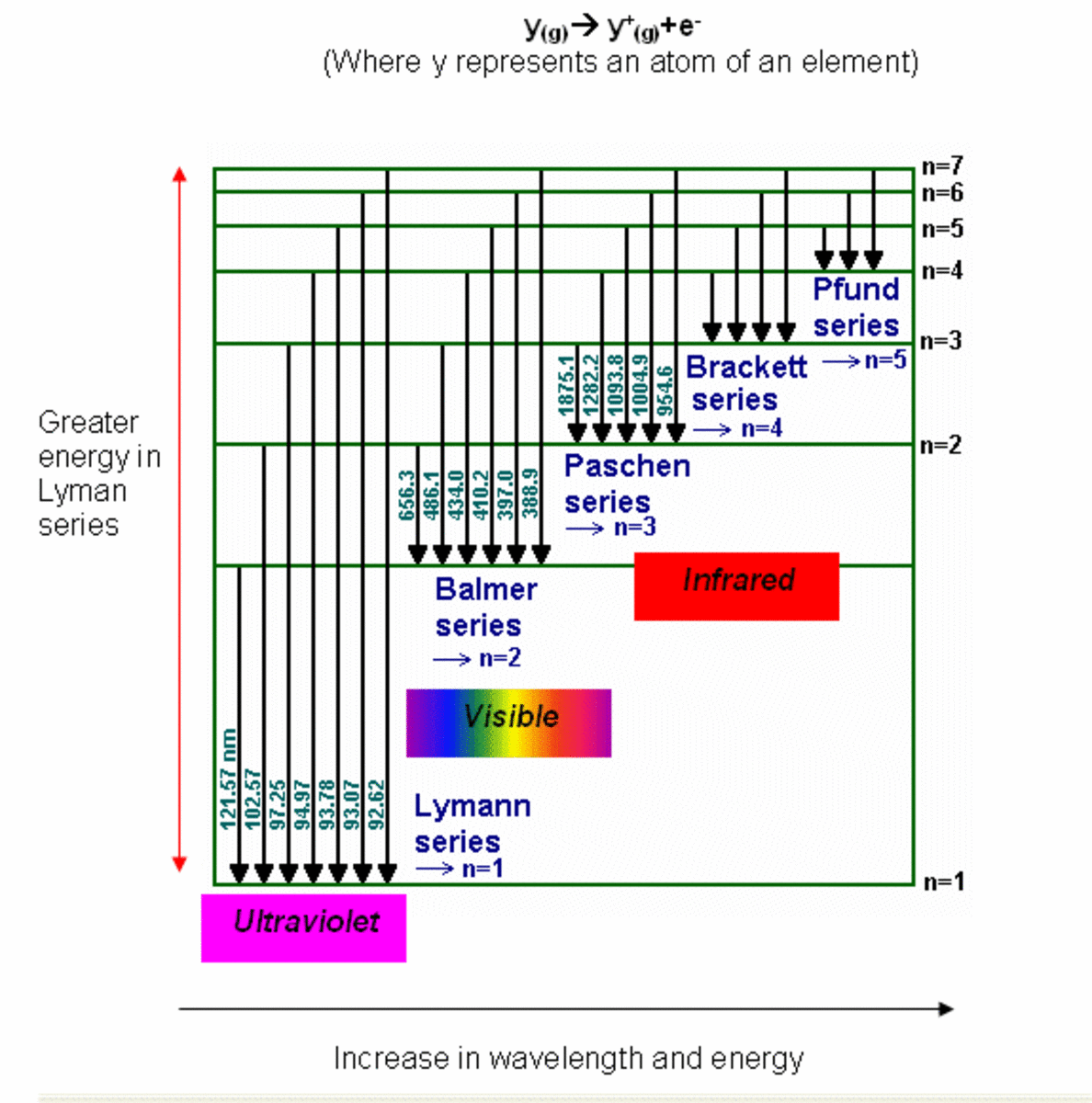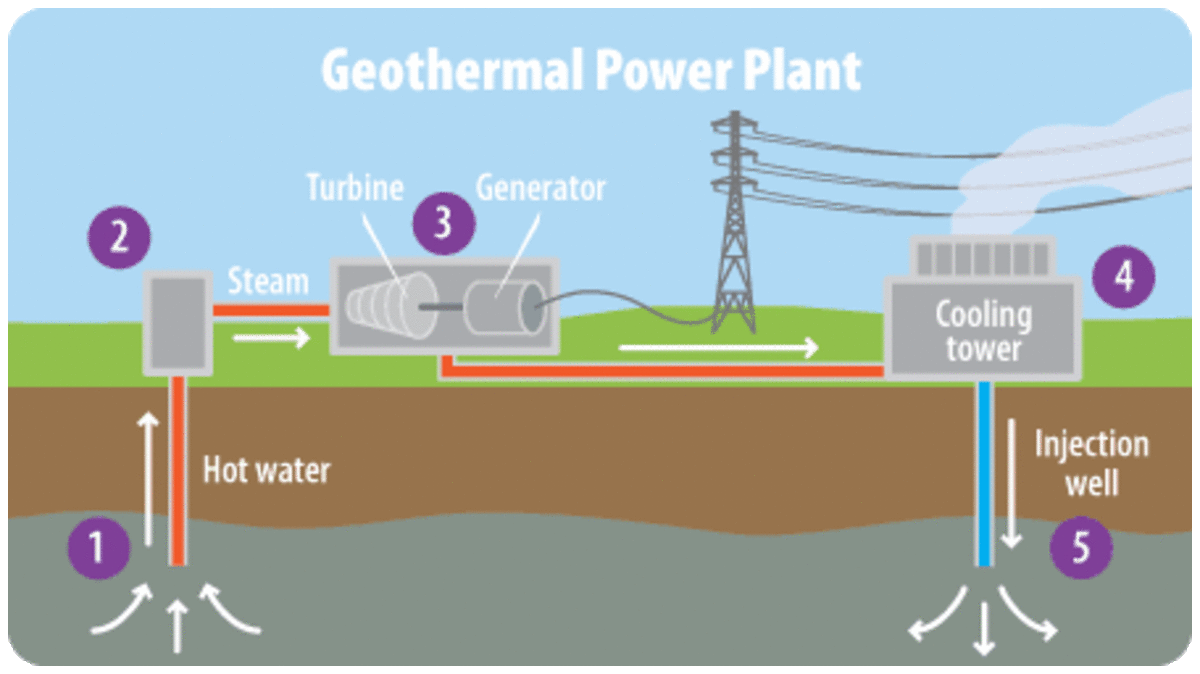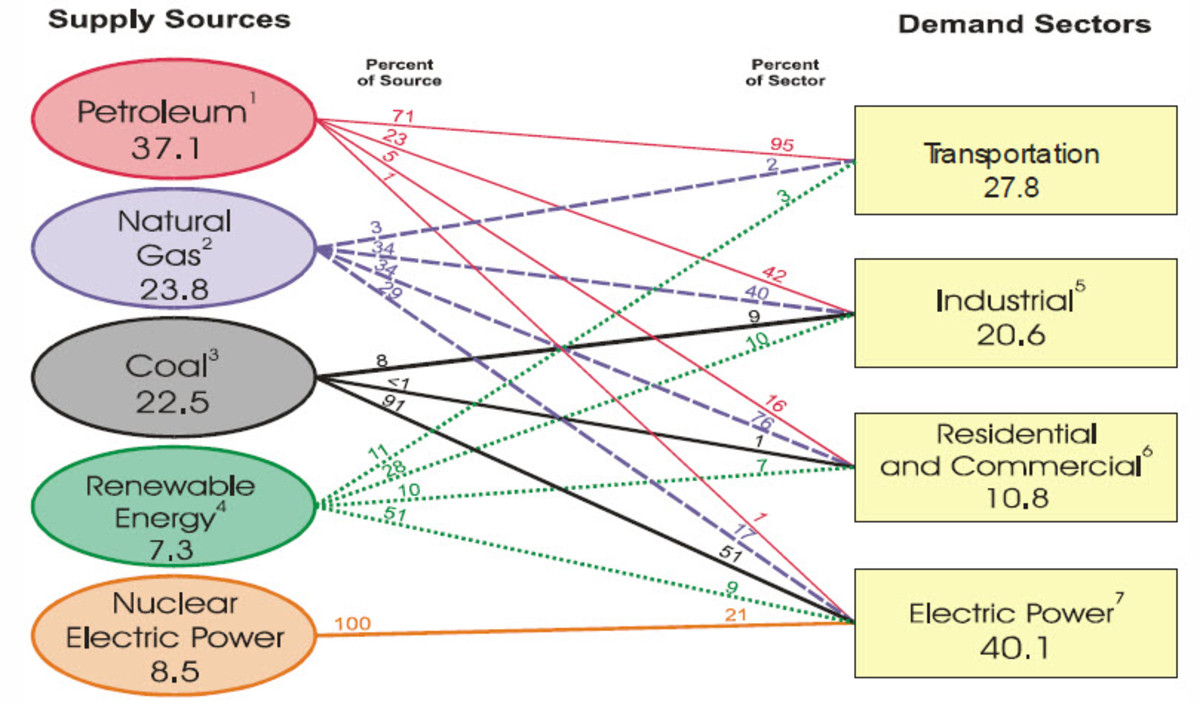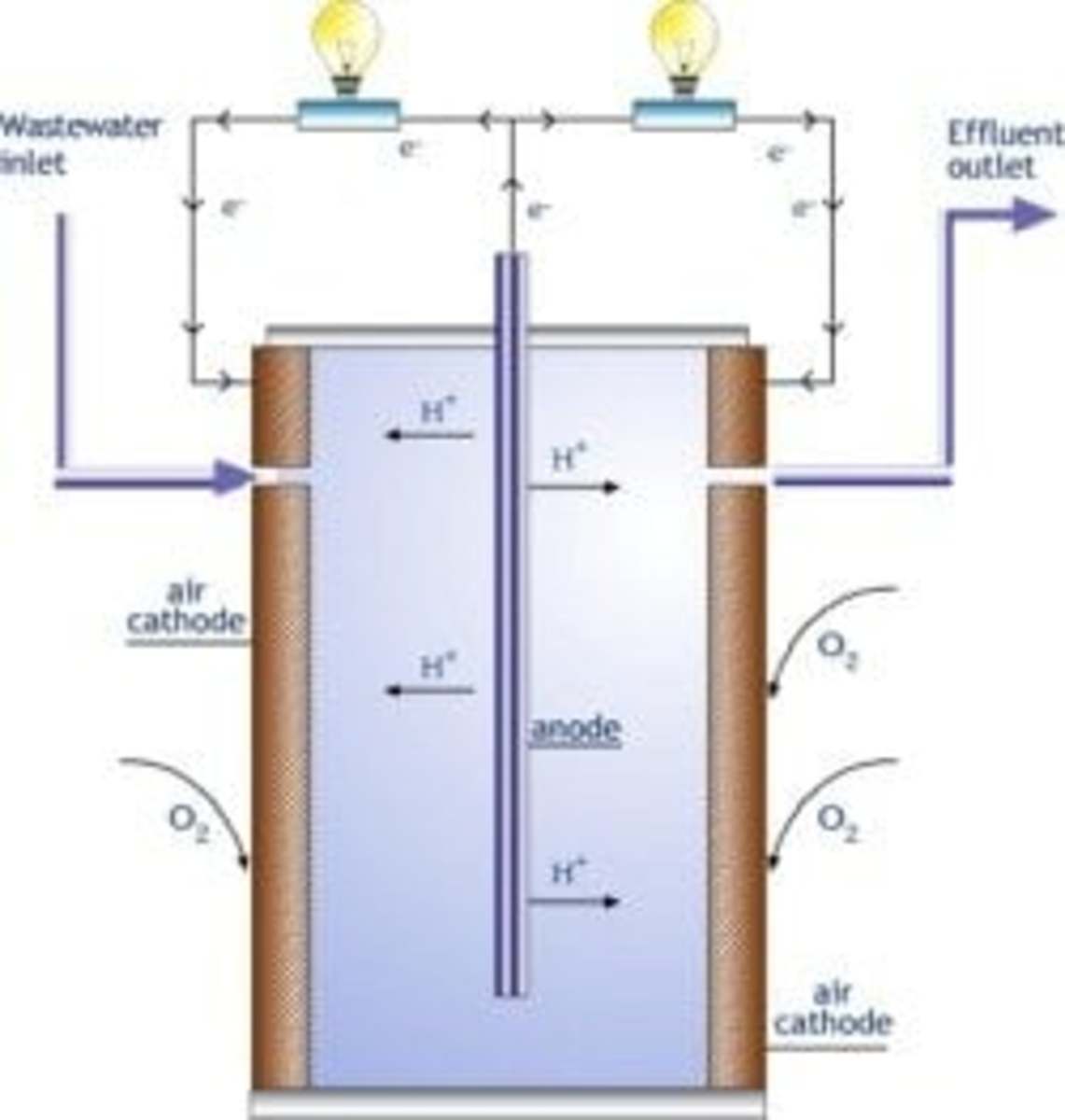New Technology - Organic LED : An overview of oleds
The Future Today
I have a co-worker who is fond of saying "It's the future" when we come across impressive new technologies. When it comes to the subject of this article, organic light emiiting diodes (or OLEDs), I have to say that I agree with him.
OLEDs are a solid state device (much like traditional leds) that operate on the basis of electrophosphorescence. They can be as thin as 100 to 500 nanometers (less than the width of a human hair) and can be applied to a wide variety of substrates (clear, mirrored, or otherwise.)
They require very little power, have a long life and can even be flexible! This allows them to be utilized on a wide range of products from small electronics screens, to large scale televisions and billboards, to fabrics and product packaging. We are even beginning to see oled light sources. As the technology is more widely researched, we will see an ever changing parade of oled products make their way onto the marketplace.
The video below shows just a few of the innovative ways that organic light emiting diodes could be used in the future. The concept videos and drawings were created by a group of talented young students at the Cleveland Institute of Art in collaboration with GE.
The Science: How an Organic LED works
An oled consists of several layers. The substrate, an anode, a conducting layer, an emissive layer and a cathode.
The Substrate is simply the material that supports the oled. It can be almost any surface: clear plastic, glass, foil, mirror, etc.
- The Anode (usually transparent) is essential to the flow of electricity. The anode removes electrons from the conductive layer creating electron "holes."
- The Conducting Layer is comprised of organic plastic molecules that transport the "holes" from the anode.
- The Emissive Layer is comprised of different organic plastic molecules that transfer electrons from the cathode.
- The Cathode (which may or may not be transparent) injects electrons into the emissive layer when a current flows through the device.
All of these layers are sandwiched together (in a very, VERY thin little sandwich) to create the oled. The last ingredient in this magnificent snack? Electricity.
As mentioned above, organic leds use electrophosphorescence to create light. At a very basic level, what this means is that oleds emit light because of electron transfer when electricity is applied... or, when you plug 'em in, they glow. This process can be complex to fully understand, but is really relatively simple at its base level. I always learn best with metaphors, so let's try this on for size: Think of Electricity as a ditch digger (mom always said the world needed those!), the atoms and molecules that make up the organic layers are the ground, and the electrons in those molecules are the dirt that will be removed. When Electricity is introduced to the oled, it flows from the cathode to the anode digging as it goes. Electricity removes, or digs out electrons from the conductive layer, and, being a dirty fellow, drops some into the emissive layer. Now, the emissive layer has all this extra dirt (or electrons) and the conductive layer is full of holes. Along the border between the two layers, the earth shifts... in nature there is a tendency to return to a state of normalcy. The layers don't want holes and piles, they want nice smooth land. As the electrons fill up the holes, they release energy. The energy is released in the form of light.
Research and Production: How OLEDs are made and developed
Organic leds can be made in several ways. The first two methods involve heating the organic materials and allowing them to settle onto a substrate. One is called Vacuum deposition (or vacuum thermal evaporation). The other is called Organic vapor phase deposition.
The third method used to produce an oled may potentially revolutionize the oled industry by making the entire production process easier and more affordable. In this method, the organic material is sprayed onto a substrate much like ink is placed on paper during ink jet printing. This method reduces cost, increases efficiency and allows for larger areas of oled to be created (for uses such as large screen oled televisions or even billboards.)
Up until recently, much of the oled technology was driven by oled displays, oled tvs and other oled electronic devices and video. The greatest potential for use was in small screen electronics like cell phones and mp3 players. However, governments and industries around the globe are starting to recognize the potential of organic light emitting diodes as actual light sources. Light sources that are greener than green... low energy, long life, low heat and high quality.
The U.S. Department of Energy recently awarded DuPont $2.25 million for a two year project to develop a lighting source using oled. (The DOE's solid state lighting program can be reviewed at ssl.energy.gov) The German government is sponsoring 2 oled projects LILi (Light Inline and So-Light) and an international industry organization, NEMO, is furthering research as well.
Electronics: New Tech Toys with an OLED flare
In 2008, TMDisplay (a corporation that is 60% Toshiba and 40% Matsushita) developed a 2.2" OLED display. This oled display was intended for cell phones and other small electronics, and was the most efficient and long lasting in the world. The power consumption was .1 watt, and the lifetime of the display was 60,000 hours. Pretty impressive, huh? And, this was 2 years ago, when the technology was in its infancy.
Sony, and several other companies are using oled displays in their current line of MP3 players. Samsung is using organic leds in its Android powered 17500 mobile phone. LG plans to put a 15" oled display on the market this year, and Samsung (again) has developed a notebook PC with a 14" oled screen. This last Samsung product is particularly impressive because the screen becomes completely transparent when not in use.
One of the more impressive products I found a description of is a Sony 21 inch oled prototype television. This oled tv has a resolution of 1366 x 768 pixels, a contrast ratio of 1,000,000 : 1 and is only 1cm thick! Like I said: "It's the future!"
The L Word: The Light of OLEDs
In my personal opinion, the truly amazing option that organic light emitting diodes hold for the future, is in the actual nature of the figurative beast. Until now, most of the research and technology for oleds was driven by their use in electronics. Scientists are just now tapping the potential of oleds as actual light sources.
According to Next Generation Lighting Industry Alliance, over 20% of electrical energy in the United States is used for lighting (based on figures for 2009.) Solid state lighting technologies (which include leds and oleds, to name just two) have the potential to save 348 trillion kilowatt hours of electricity by 2030. That is a seriously large amount of green... in both the literal and figurative sense. Because organic leds have the potential to use even less power and to be even brighter than current led and lcd technology, the possible savings for our wallets and our world are unequivocably impressive.
Recently, Osram developed the Orbeos. This is a lighting fixture that the company is calling a lighting "tile." The tile can be embedded into most materials with ease. It is only 2.1mm thick and weighs just 24grams. There is no delay when it is turned on or off, as with compact fluorescents. It is continuously dimmable, and, for you lighting geeks out there like me, it reads at 2800Kelvin and has a CRI of up to 80. (Translation for the non lighting geeks reading: It is a warm light similar to an incandescent bulb you would have in your home and it doesn't make things look that sickly shade of green some fluorescent tubes do.) Most impressively for today's "eco-smart" lighting choices, the orbeos, like other oleds, contains no mercury, and emits no UV or infrared light.
More information on the orbeos can be found at rswww.com/electronics.
Osram was the first company to offer an oled for designers like the orbeos, but they won't be the last. Konica Minolta, GE and Lumiotec are right on their heels, and the potential for earth and eye friendly lighting is an exciting new chapter in the ever changing field of organic light emitting diodes.
The future may not be here just yet, but, it is most certainly on its way. And, whatever the next few years bring to the table, I feel confident in saying our pathway there may just be lit by the next generation of OLEDs.
Sources
Freudenrich, Ph.D., Craig. "How OLEDs Work." 24 March 2005. HowStuffWorks.com. <http://electronics.howstuffworks.com/oled.htm> 10 April 2010.
www.treehugger.com/files/2008/08/tmdisplay-oled-screen-world-best-efficiency-lifetime.php
LEDsmagazine; February 2010

